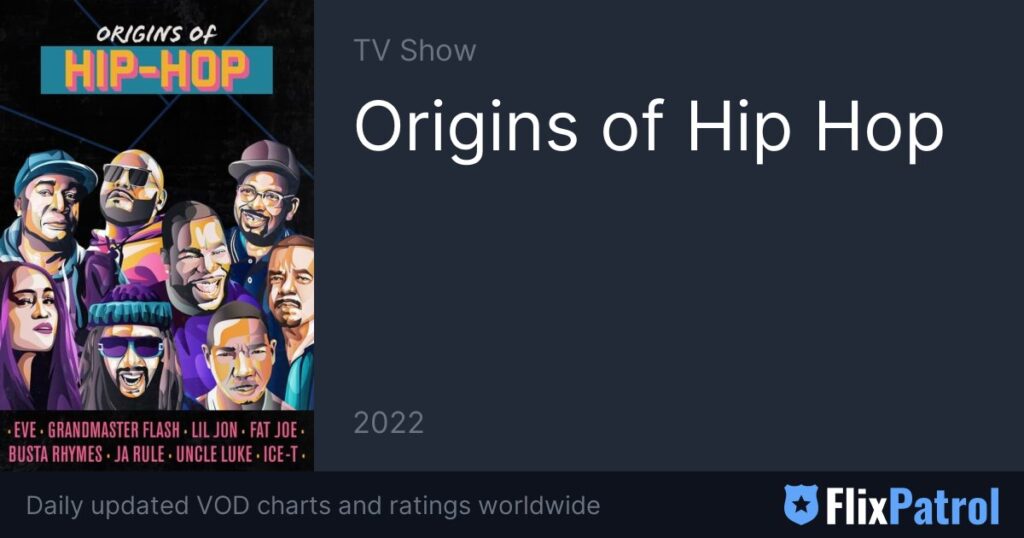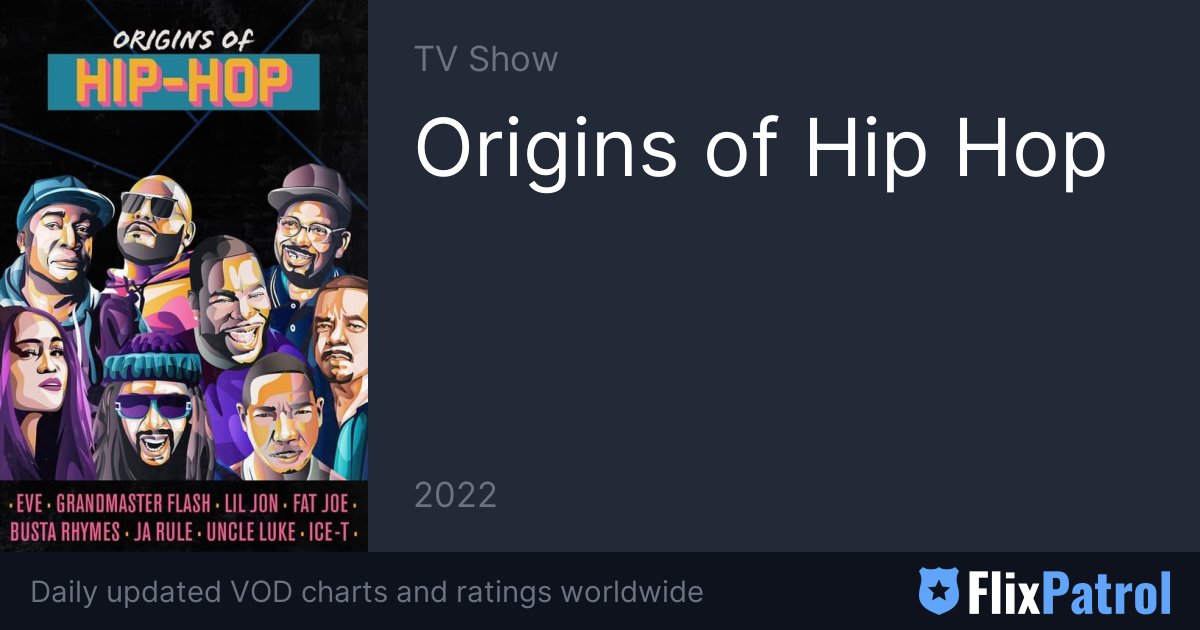
The Origins of Hip Hop: From the Bronx to Global Phenomenon
Hip hop, a vibrant and influential cultural movement, emerged from the heart of the South Bronx in the 1970s. Understanding the origins of hip hop requires delving into the social, economic, and political landscape of that era. Born from hardship and resilience, hip hop provided a voice for marginalized communities, transforming urban expression into a global phenomenon. This article explores the key elements and historical context that shaped the origins of hip hop, examining its evolution from local block parties to international stages.
The Socio-Economic Climate of the Bronx
The South Bronx in the 1970s was a stark contrast to the idealized image of American prosperity. Decades of urban decay, white flight, and discriminatory housing policies left the borough impoverished and neglected. Buildings were abandoned, crime rates soared, and resources were scarce. This environment of hardship fostered a sense of community and a need for creative outlets. The origins of hip hop are inextricably linked to this struggle, serving as a form of resistance and a means of expression for those who felt voiceless.
The Role of Block Parties
Block parties became a vital part of the community, offering a space for residents to gather, socialize, and celebrate. DJs like Kool Herc, often credited as the founding father of hip hop, began experimenting with turntables and mixing techniques. Herc’s innovation of isolating instrumental breaks – the ‘breakbeat’ – allowed dancers to showcase their skills for extended periods. This innovation was crucial to the origins of hip hop. These extended breaks gave rise to breakdancing, one of the four pillars of hip hop culture.
The Four Pillars of Hip Hop
Hip hop culture is often defined by its four core elements: DJing, MCing (rapping), breakdancing (B-girling/B-boying), and graffiti art. Each element played a crucial role in shaping the origins of hip hop and its subsequent evolution.
- DJing: As mentioned, DJs like Kool Herc pioneered the techniques of breakbeat mixing and scratching, creating the musical foundation for hip hop.
- MCing: Originally, MCs (Master of Ceremonies) were responsible for hyping up the crowd at block parties. Over time, they began to incorporate rhyming and storytelling into their performances, evolving into the rappers we know today.
- Breakdancing: Also known as breaking or B-girling/B-boying, breakdancing is an athletic and acrobatic dance style that emerged from the breakbeats played by DJs.
- Graffiti Art: Graffiti artists used public spaces as their canvas, expressing themselves through vibrant and often politically charged artwork. This visual element added another layer of expression to the nascent hip hop culture.
Key Figures in Early Hip Hop
Several individuals played pivotal roles in the origins of hip hop. Kool Herc, Grandmaster Flash, Afrika Bambaataa, and DJ Grand Wizard Theodore are just a few of the pioneers who helped shape the music, the culture, and the movement.
- Kool Herc: Credited with isolating the breakbeat and laying the foundation for hip hop DJing.
- Grandmaster Flash: Known for his innovative mixing techniques, including the quick mix theory and backspin technique.
- Afrika Bambaataa: A DJ and community leader who founded the Zulu Nation, a cultural organization that promoted peace, unity, and knowledge through hip hop.
- DJ Grand Wizard Theodore: Credited with inventing the scratching technique, a defining sound of hip hop.
The Evolution of Hip Hop Music
From its humble beginnings at block parties, hip hop music quickly evolved. Early recordings focused on party anthems and boastful rhymes. Sugarhill Gang’s “Rapper’s Delight” (1979) is often credited as the first commercially successful hip hop single, bringing the genre to a wider audience. This marked a significant turning point in the origins of hip hop, signaling its potential for mainstream success.
The Rise of Conscious Rap
As hip hop gained popularity, artists began to address social and political issues in their music. Groups like Public Enemy and A Tribe Called Quest used their platform to raise awareness about racism, poverty, and police brutality. This conscious rap movement added depth and complexity to the genre, solidifying its role as a voice for the marginalized. The origins of hip hop provided the foundation for this evolution, giving artists a platform to speak truth to power.
The Golden Age of Hip Hop
The late 1980s and early 1990s are often referred to as the Golden Age of Hip Hop. During this period, artists experimented with new sounds and styles, pushing the boundaries of the genre. Artists like Run-DMC, LL Cool J, and the Beastie Boys achieved mainstream success, further solidifying hip hop’s place in popular culture. This era built upon the origins of hip hop, showcasing its versatility and artistic potential.
Hip Hop’s Global Impact
What started as a local phenomenon in the Bronx quickly spread across the globe. Hip hop’s message of empowerment, resilience, and self-expression resonated with young people from diverse backgrounds. Today, hip hop is a global force, influencing music, fashion, art, and language worldwide. The origins of hip hop, rooted in the struggles of the South Bronx, have spawned a global cultural movement.
Hip Hop in Fashion
Hip hop fashion has always been an integral part of the culture. From the tracksuits and sneakers of the early days to the baggy jeans and oversized t-shirts of the 1990s, hip hop fashion has consistently reflected the style and attitudes of the community. Brands like Adidas, Nike, and Tommy Hilfiger gained popularity within the hip hop community, becoming synonymous with the culture. This fashion aspect is another layer built upon the origins of hip hop.
Hip Hop as a Social Commentary
Throughout its history, hip hop has served as a powerful form of social commentary. Artists have used their music to address issues such as poverty, racism, police brutality, and political corruption. This tradition of social commentary can be traced back to the origins of hip hop, where artists used their voices to speak out against the injustices they faced. [See also: The Evolution of Rap Lyrics Over Time]
Preserving the Legacy of Hip Hop
As hip hop continues to evolve and diversify, it’s important to remember and preserve its origins of hip hop. Organizations like the Universal Hip Hop Museum are dedicated to documenting and celebrating the history of hip hop culture. By educating future generations about the origins of hip hop and its cultural significance, we can ensure that its legacy continues to inspire and empower. The story of the origins of hip hop is a story of resilience, creativity, and community, a story that deserves to be told and retold.
Understanding the origins of hip hop is crucial for appreciating its profound impact on global culture. From the breakbeats of Kool Herc to the socially conscious lyrics of Public Enemy, hip hop has consistently challenged the status quo and given voice to the voiceless. The origins of hip hop are more than just a historical footnote; they are a testament to the power of music and culture to transform society. The origins of hip hop were humble, but its impact is undeniable. The origins of hip hop continue to inspire artists today. Exploring the origins of hip hop provides valuable insights. The origins of hip hop are a fascinating study in cultural evolution. The influence of the origins of hip hop can be seen everywhere. The origins of hip hop should be celebrated and remembered. The origins of hip hop are a testament to human creativity. The origins of hip hop changed the world. The origins of hip hop are still relevant today.
